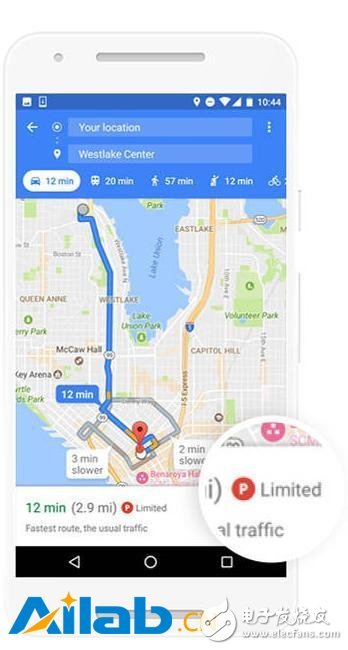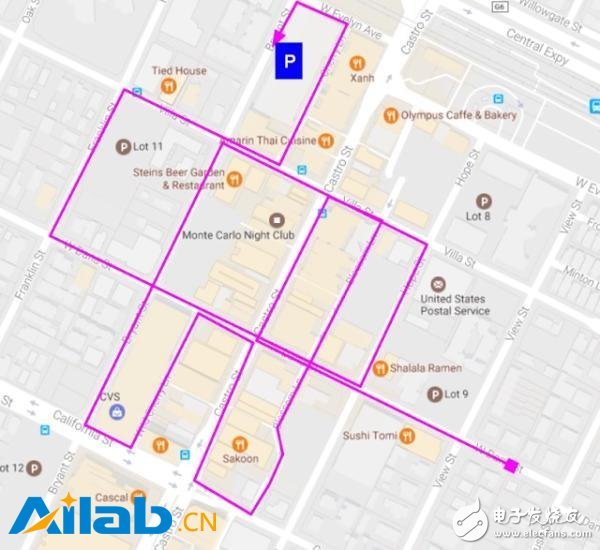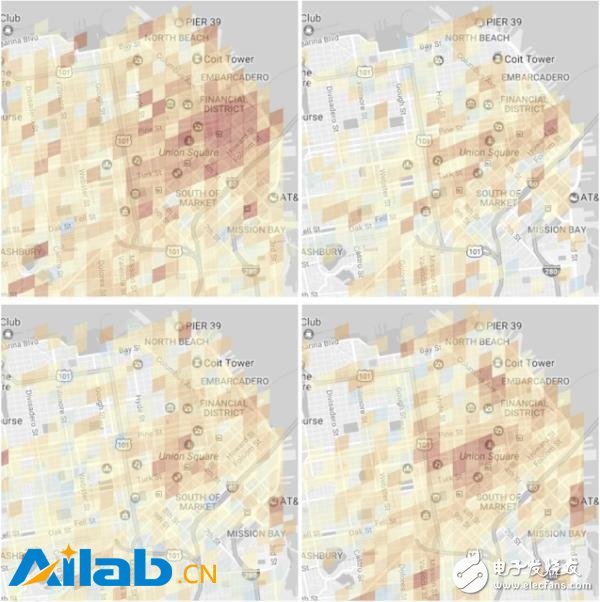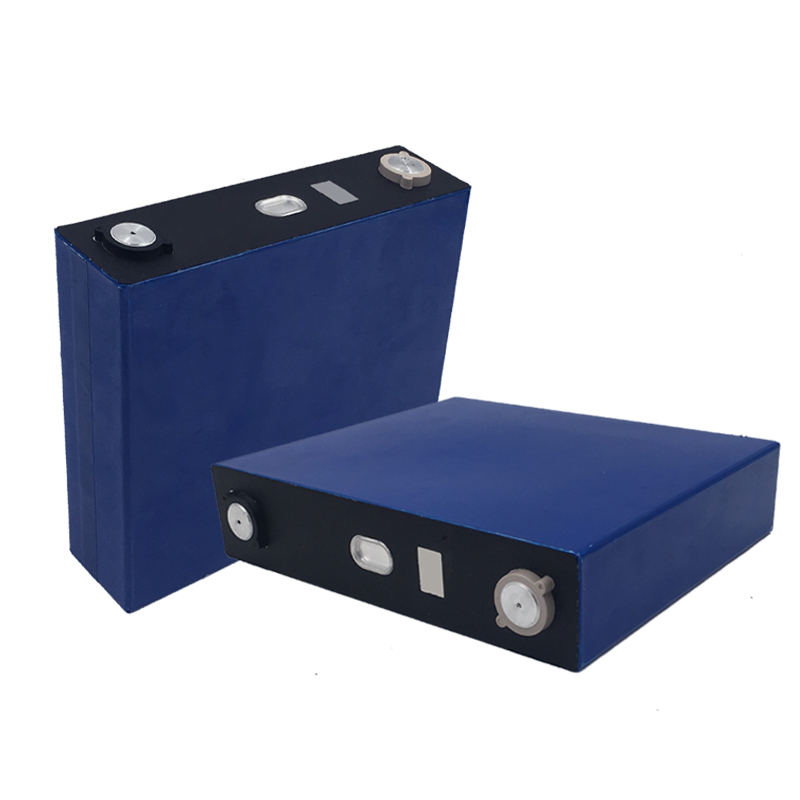Recently, Google has added a new feature to Google Maps in the update of Android devices - predicting the parking status of the destination.
Users only need to query the route in Google Maps to see a new icon. If Google predicts that the destination you are going to may be at risk of parking, you will see a colored dot on the map with the letter P. The difficulty of parking will be divided into three levels: “limited parking spaceâ€, “medium†and “easyâ€.

If Google predicts that the destination you are going to may be at risk of parking, colored dots will appear on the map with the letter P.
An official Google blog post said the feature is now open to 25 of the largest urban areas in the United States. But Google is looking to extend the feature to more cities and countries in the future, as well as breaking platform restrictions and extending to the Google Maps app on Apple's iPhone devices.
Another map application on the Google platform, Waze, also provides similar services to many large cities in the United States, but Google Maps uses a slightly different approach. Waze used INRIX's integrated parking data information when estimating parking spaces, but Google claims that its parking forecast is based on anonymous data obtained by users actively sharing geographic history.
On February 3rd, Google's software engineer James Cook, Yechen Li and researcher Ravi Kumar jointly released a research report detailing the principles of the application.
To provide this parking prediction function, engineers need to solve many problems - parking conditions are complex and variable, almost no real-time parking space information; even if there are networked parking meters in some areas, these data do not include illegal parking, permit parking And information such as leaving early; roads can only provide two-dimensional images, but the structure of the parking lot itself is more complicated; the supply and demand of parking spaces change instantly, and even the best systems may not be updated in time.
To solve these problems, Google's team combined crowdsourcing and machine learning to build a system that provides parking difficulty information, and even helps users decide how to travel. In the pre-release experiment, they found that the number of clicks on the travel mode button increased, indicating that after the user got the parking difficulty information, they would be more inclined to consider the public travel mode instead of driving. [Editor's Note: crowdsourcing, which refers to a company or organization that outsources work tasks performed by employees in the past to a non-specific (and usually large) mass network in a free and voluntary manner. 】
To design an algorithm for solving the problem of parking difficulties, three techniques are needed: a crowd-sourced method to obtain ground truth data, a suitable machine learning model, and a powerful feature set to train the model.
Ground truth data
Collecting high-quality live data has always been a key challenge in machine learning solutions. The approach taken by the Google team is to ask the driver if he has a problem with parking. However, they soon discovered that in the face of such subjective questions, they often get conflicting answers: in the same place at the same time, some people answered “easy†to find a parking space, while others answered “difficultâ€. ". With the objective question of “How long can I find a parking space?â€, the credibility of the answer has been greatly improved, so that crowdsourcing can produce high-quality live data sets with more than 100,000 answers.
Model feature
With the available data, the next step is to select the features used to train the model. The project uses anonymous aggregated information from users who prefer to share location as a key source of information for assessing real-time traffic conditions, high circulation periods, and length of visits.
Google researchers said in the report that they quickly discovered that even with the data they needed, they would encounter some unique challenges. For example, if someone parks in front of their own door or in a private parking space, the system should not mistakenly believe that the parking space is available. The arrival of a taxi in a user may result in the illusion of a lot of parking in front of the door. Similarly, public transportation users may be considered by the system to park at a bus stop. The perception of these mistakes will mislead the machine learning system.
Therefore, the design of the system requires more powerful aggregation features. One of the features was inspired by Google's Mountain View area. If Google Navigation finds that a large number of users are driving around the city center during lunch time, this indicates that parking spaces are difficult to find.

If Google Navigation finds that a large number of users are driving around the city center during lunch time, this indicates that parking spaces are difficult to find.
Google's researchers are thinking about how to train these "clusters" about parking difficulties as a feature. The researcher compared the time when the user directly arrived at the destination with the actual time of the circle, parking, walking, etc., and aggregated the difference between the two. If most users have significant differences in the time spent between the two, it is considered to be a problem with parking difficulties.
Later, the Google team continued to develop more features: specific destinations, parking places for walks, time points and dates for parking (for example, users will be close to the destination in the morning and far away during peak hours, What should I do?), historical parking data, etc. Finally, they got about 20 different features. After that, it is to adjust the performance of the model.
Model selection and training
In response to the above characteristics, the researchers used a standard regression machine learning model. There are several reasons for this choice: First, the principle of logistic regression is well known, and in training data, it is elastic to noise; second, the output of these models can be interpreted as the probability of parking difficult. It can then be mapped to descriptive terms such as "limited parking" or "easy parking"; third, it is easy to understand the impact of each particular feature, which makes verifying the model reasonable and easier. For example, when researchers start training, many people think that the above-mentioned "spirits" function will be the best way to solve the problems encountered. However, this is not the case. In fact, the feature based on the dispersion of parking spaces is one of the most powerful predictors of parking difficulty.
in conclusion
Using Google's model, researchers can generate an estimate of the difficulty of parking at any location and time. The following figure is a few examples of the output of the system to provide an estimate of the difficulty of parking for a given destination. For example, parking on the entire city on Monday morning is difficult, especially in the busiest financial and retail districts. On Saturday night, it will become busy again, but it is mainly concentrated in restaurants and attractions.

The parking difficulty model is output on the San Francisco Financial District and Union Square area. Red indicates parking difficulties with higher confidence. Upper row: 8:00 am (left) and 9 (right) on a typical Monday. Lower row: The same time on a typical Saturday.
Jiangsu Stark New Energy was founded in 2018. It is an emerging new energy manufacturer and trader. We produce and sell high-quality lithium battery cells, such as 3.2V50ah 3.2V100AH 3.2V200AH and other square aluminum-shell lithium iron phosphate batteries. , 18650 3.7V2000mah 3000mah ternary lithium battery cells, etc.
Batteries are mainly used in energy storage lithium battery packs, electric bicycles, electric golf carts, power tools, toys, etc. Our lithium iron phosphate batteries are set to cycle cycles to 6000 times, and battery voltage life in ternary reaches 2000 times ,According to the requirements of charging and discharging in different fields. The discharge rate of our battery design is 1C 2C 3C 5C to provide options


Lithium Ion Battery Cell,3.2V150Ah Lifepo4 Cell,Prismatic Lithium Iron Battery,Lithium Iron Phosphate Battery Lifepo4
Jiangsu Stark New Energy Co.,Ltd , https://www.stark-newenergy.com